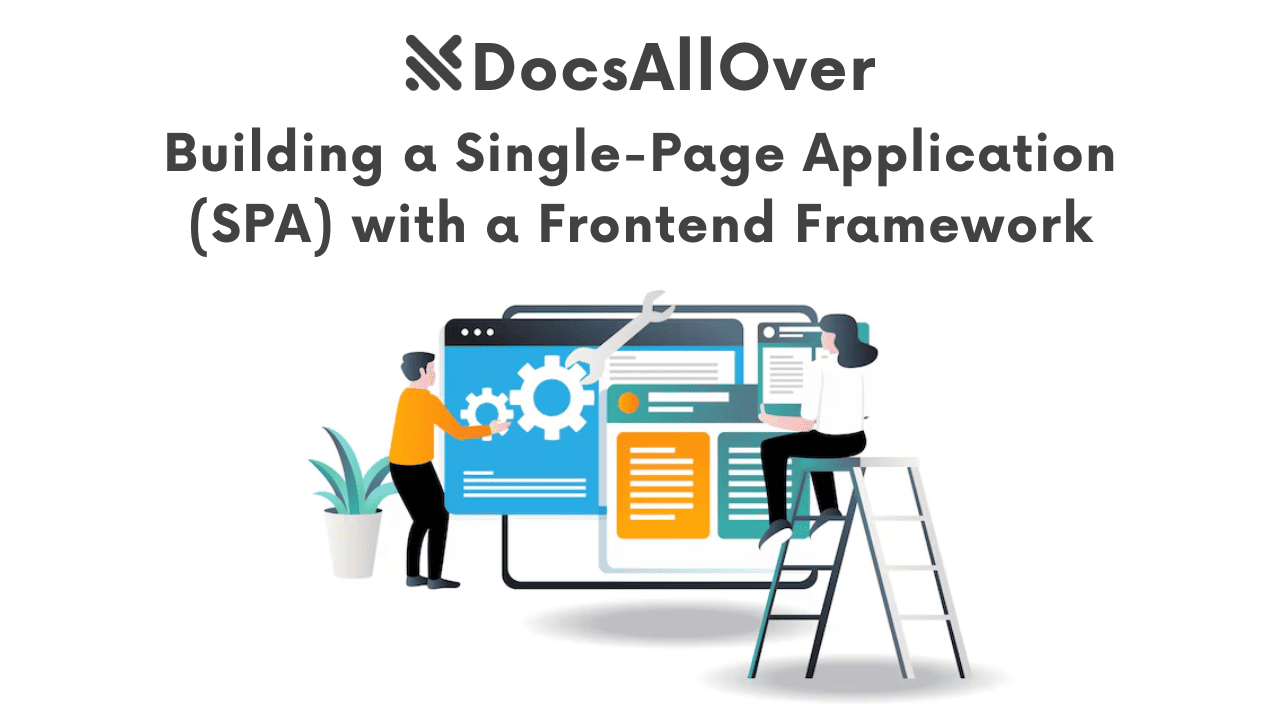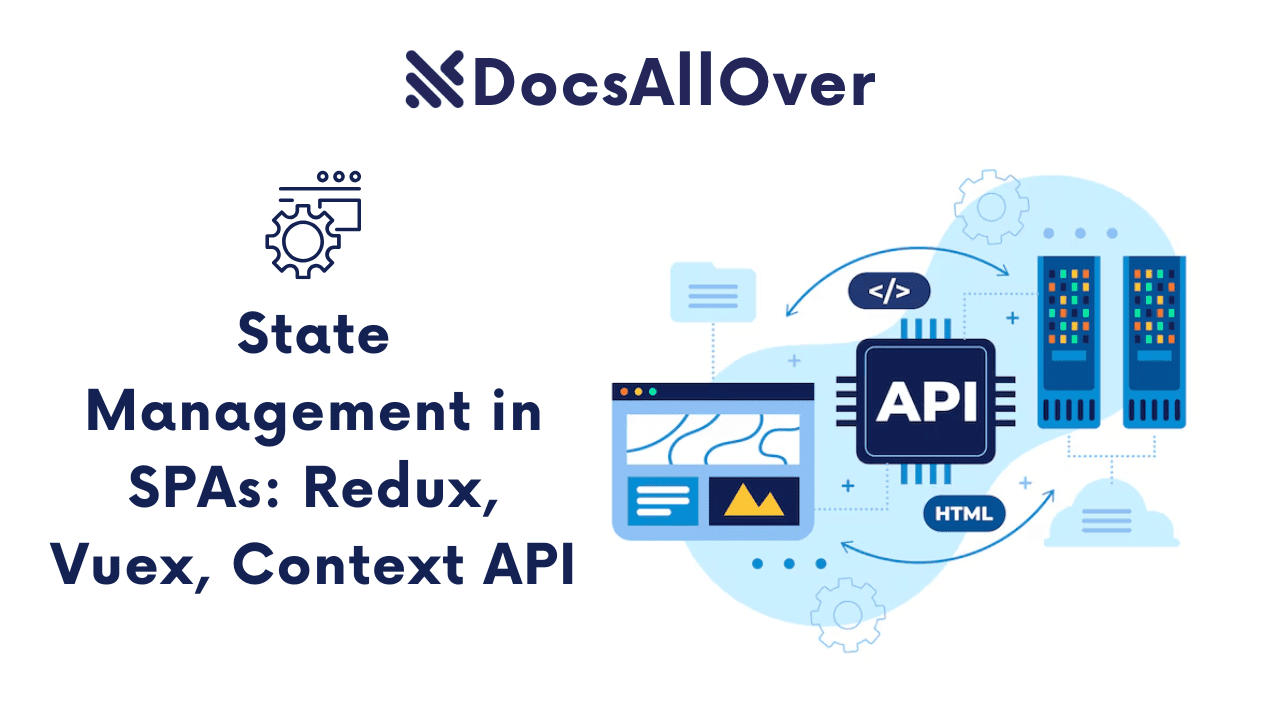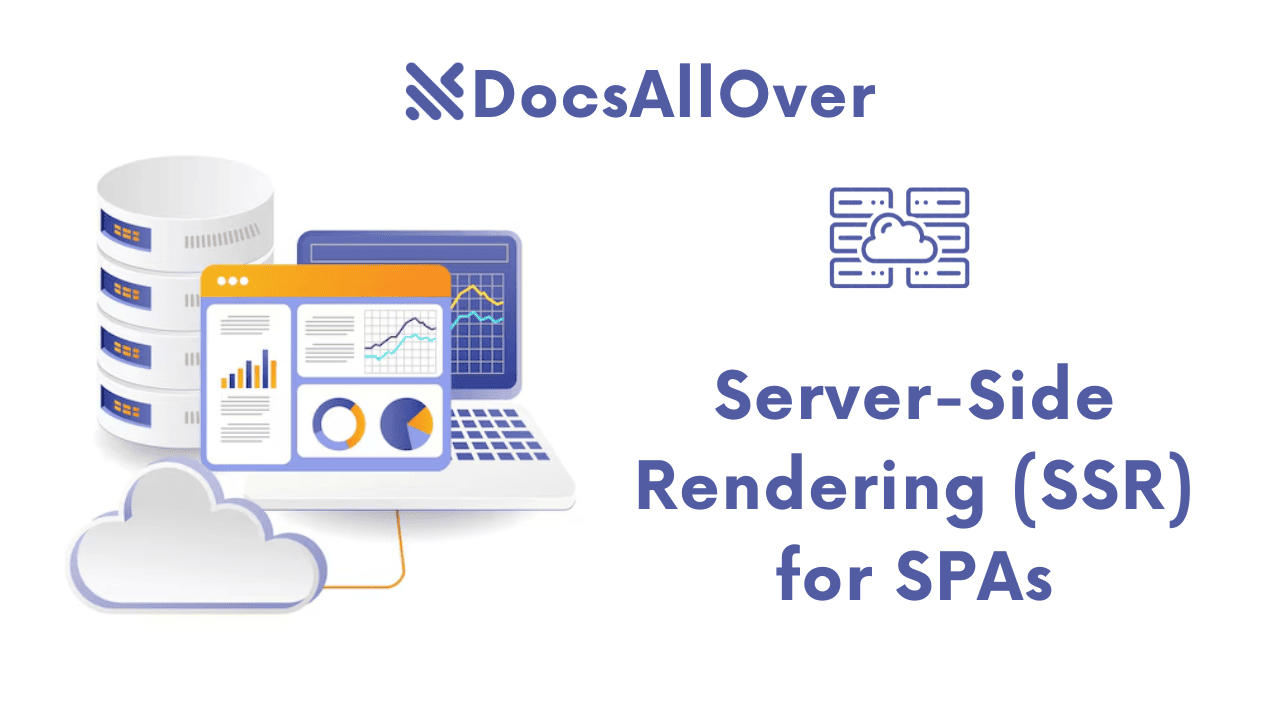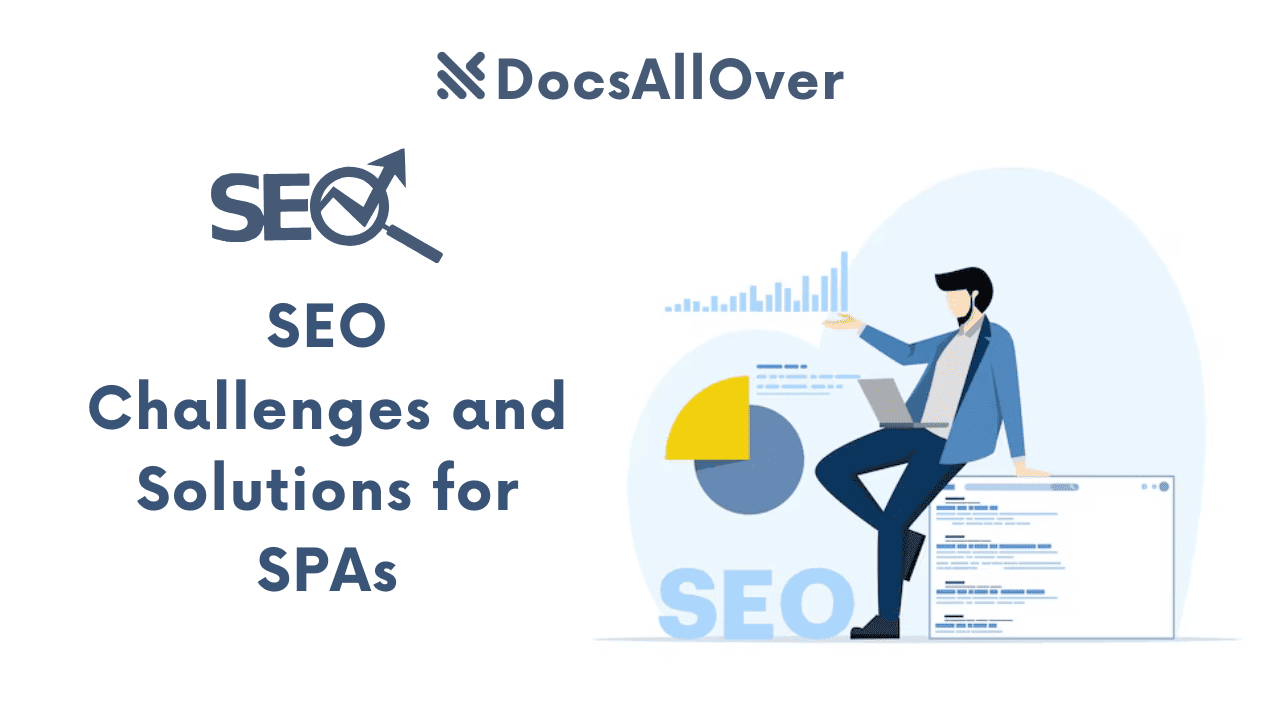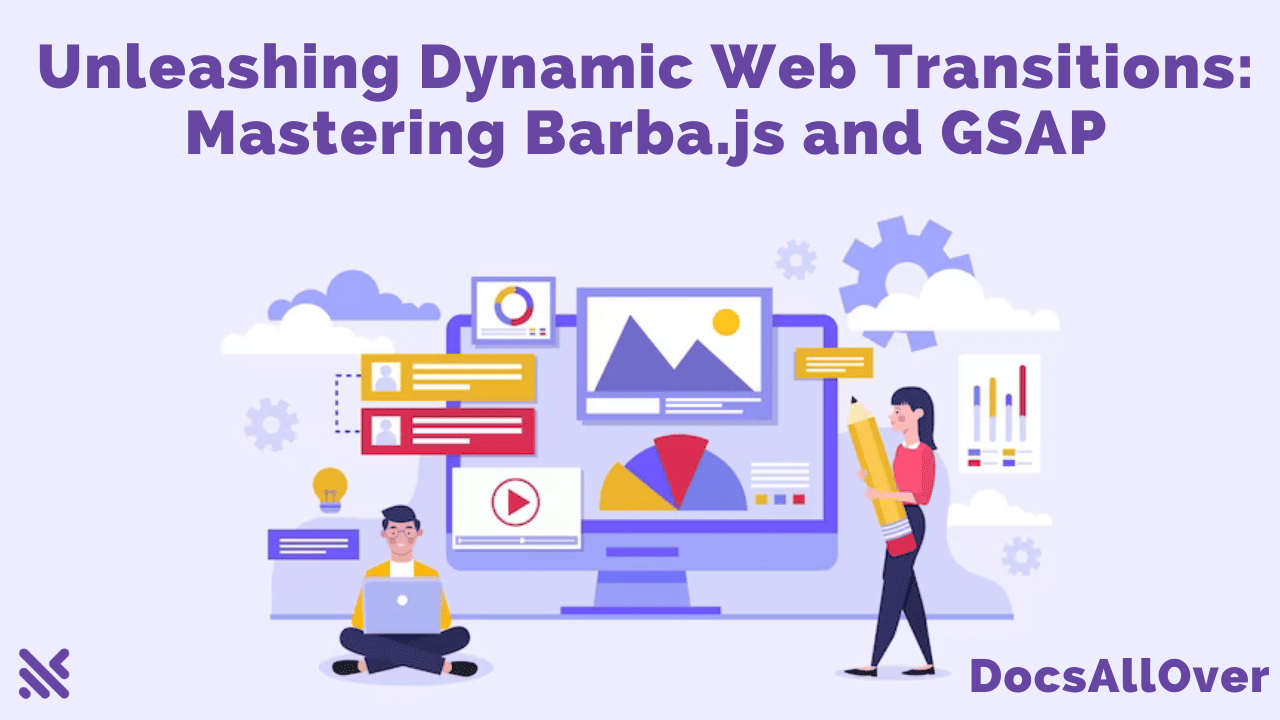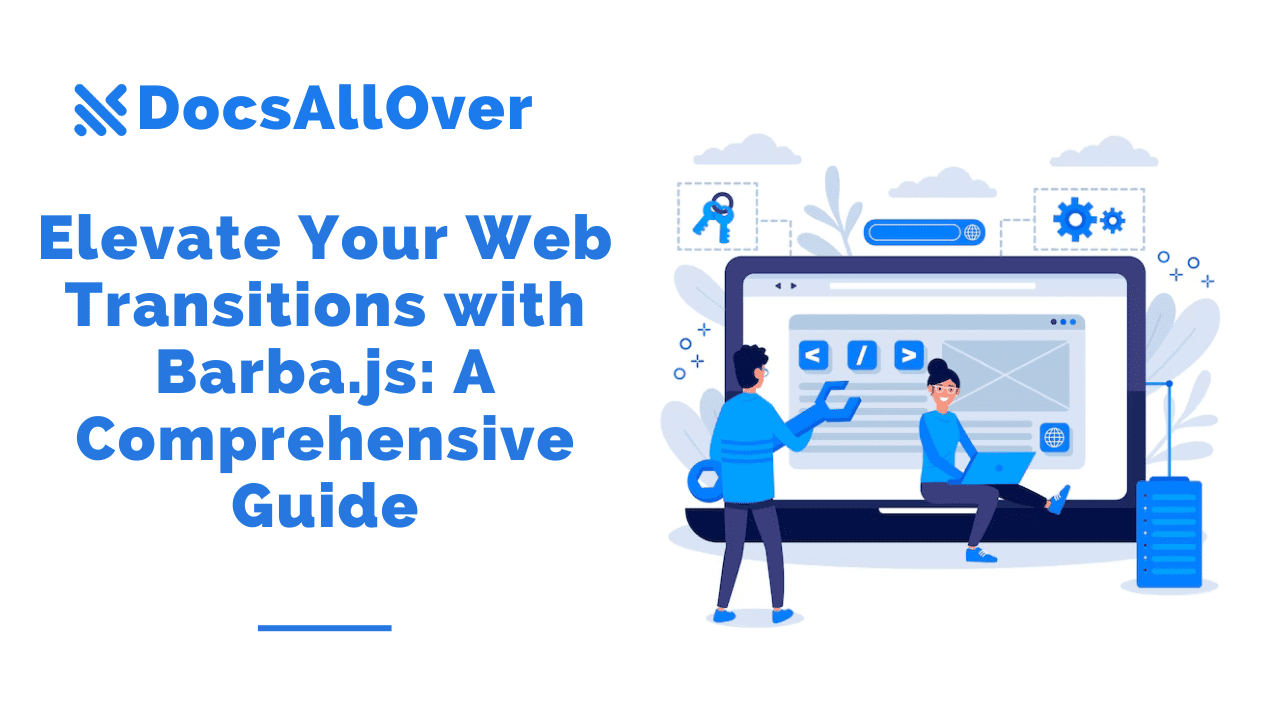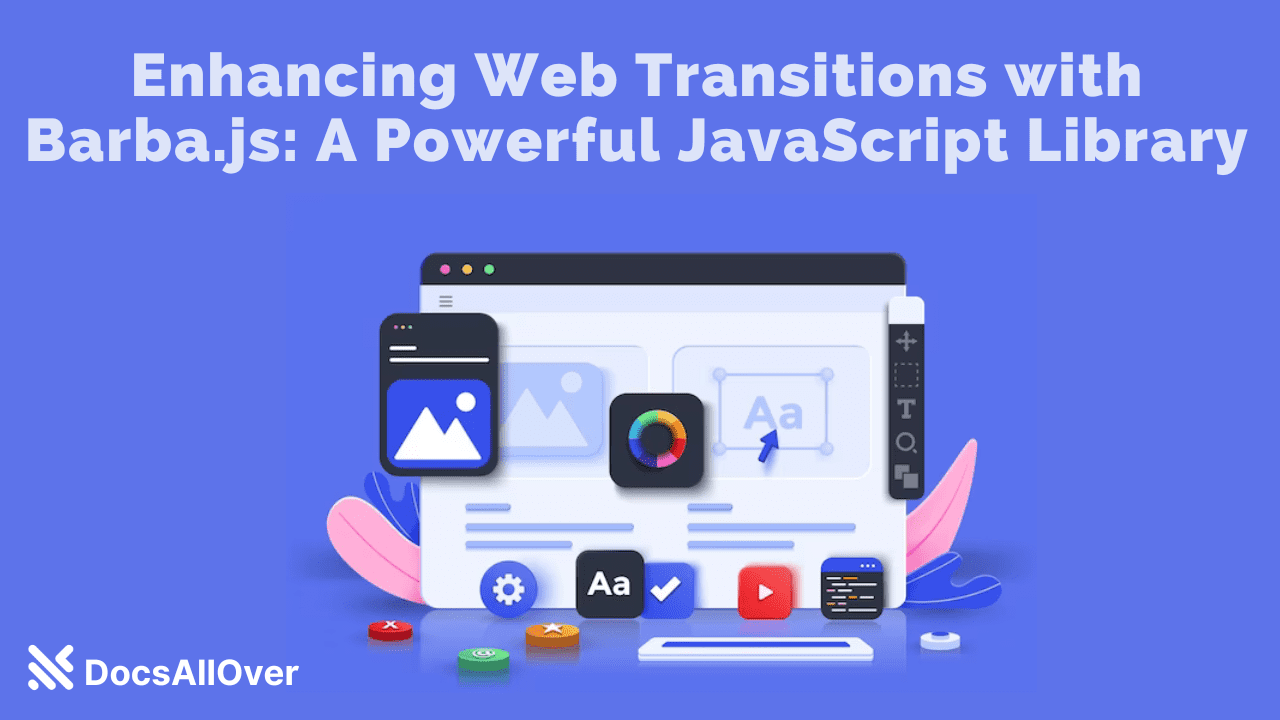SPAs vs. Multi-Page Applications: Key Differences
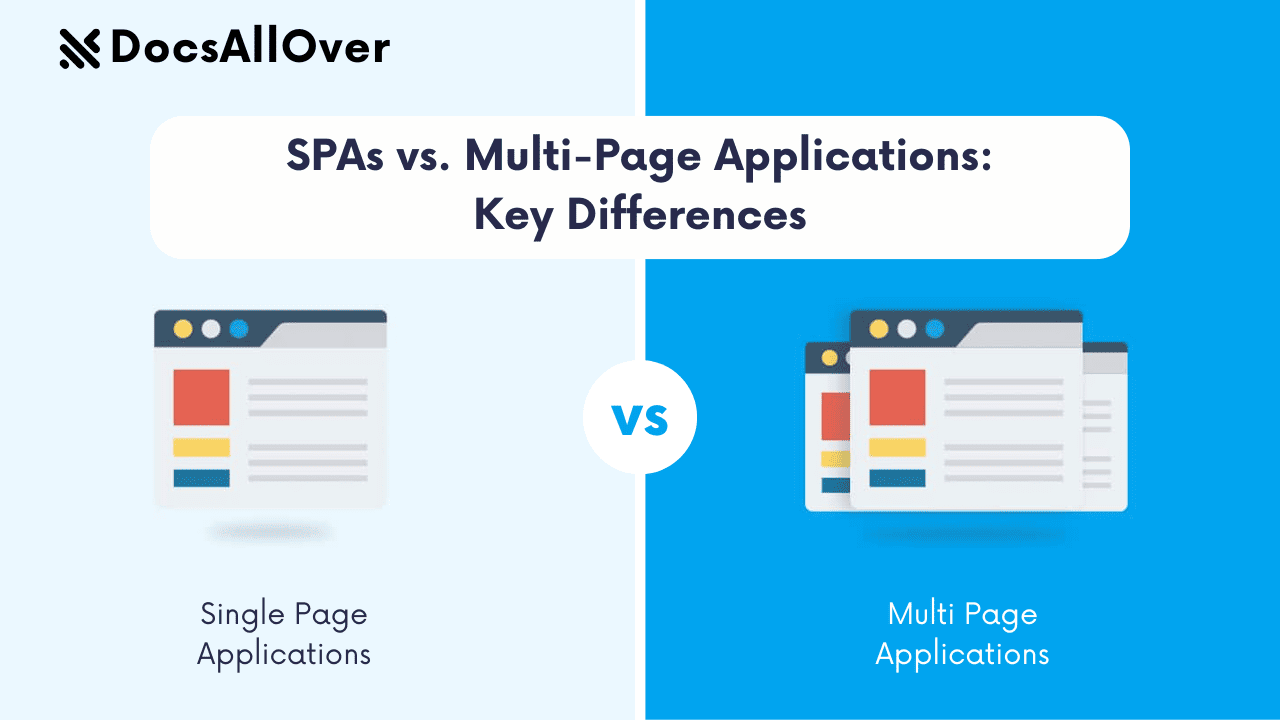
What are SPAs and MPAs?
- Single-Page Applications (SPAs): Web applications that load a single HTML page and dynamically update the content without reloading the entire page.
- Multi-Page Applications (MPAs): Traditional web applications where each page is a separate HTML file that is loaded when a user navigates to a new URL.
| Feature | SPAs | MPAs |
|---|---|---|
| Page Loads | Single initial load, subsequent updates are dynamic | Multiple page loads for each navigation |
| User Experience | Faster, more interactive | Slower, less interactive |
| SEO | Can be challenging | Generally better |
| Development | More complex, often requires JavaScript frameworks | Simpler, can be built with basic HTML, CSS, and JavaScript |
| Performance | Can be faster, especially for large application | Can be slower, especially with many pages |
Importance of Understanding the Choice
Choosing between SPAs and MPAs depends on various factors, including project requirements, team expertise, and desired user experience. A well-informed decision can significantly impact the success of your web project.
SPAs: A Deep Dive
Definition and Characteristics
Single-Page Applications (SPAs) are web applications that load a single HTML page initially and dynamically update the content without reloading the entire page. This provides a more seamless and interactive user experience.
Key characteristics of SPAs include:
- Dynamic content updates: SPAs use JavaScript to update parts of the page without requiring a full page reload.
- Rich user interface: SPAs can offer a richer user experience with features like real-time updates, offline functionality, and interactive elements.
- JavaScript frameworks: SPAs often rely on JavaScript frameworks like React, Angular, or Vue.js for efficient development and management of the application's state.
Advantages of SPAs
- Faster user experience: SPAs can provide a much faster user experience, especially for complex applications with frequent data updates.
- Richer interactions: SPAs can offer a more interactive and engaging user experience with features like real-time updates and animations.
- Better performance: SPAs can often outperform traditional MPAs in terms of performance, especially for large applications.
Disadvantages of SPAs
- SEO challenges: SPAs can be more challenging to optimize for search engines due to their dynamic nature. Techniques like server-side rendering and pre-rendering can help improve SEO.
- Initial load time: SPAs may have a larger initial load time compared to MPAs, as they need to load the entire application's code and assets.
- Browser history management: Managing browser history in SPAs can be more complex than in MPAs. Techniques like pushState and replaceState can be used to update the URL without reloading the page.
Example of Browser History Management:
By understanding these advantages and disadvantages, you can make an informed decision about whether an SPA is suitable for your web project.
MPAs: A Deep Dive
Definition and Characteristics
Multi-Page Applications (MPAs) are traditional web applications where each page is a separate HTML file that is loaded when a user navigates to a new URL.
Key characteristics of MPAs include:
- Separate pages: Each page is an independent HTML file.
- Server-side rendering: Pages are typically rendered on the server and sent to the client as complete HTML documents.
- Simpler development: MPAs can be easier to develop and maintain compared to SPAs, especially for smaller projects.
Advantages of MPAs
- SEO-friendly: MPAs are generally more SEO-friendly, as search engines can easily crawl and index individual pages.
- Easier development: MPAs can be simpler to develop and maintain, especially for smaller projects or teams with less experience in front-end development.
- Better initial load time: MPAs often have a faster initial load time compared to SPAs, as they only need to load the initial page.
Disadvantages of MPAs
- Slower user experience: MPAs can have a slower user experience, especially for complex applications with frequent page transitions.
- Less interactive: MPAs may offer a less interactive user experience compared to SPAs, as content updates often require full page reloads.
Example:
Consider a simple e-commerce website. In an MPA, each product page would be a separate HTML file that is loaded when a user clicks on a product link. In contrast, an SPA would load the entire website's content initially, and then dynamically update the product details when a user clicks on a product. While the SPA might offer a faster and more interactive experience, the MPA might have a faster initial load time and be more SEO-friendly.
By understanding the advantages and disadvantages of both SPAs and MPAs, you can make an informed decision about which approach is best suited for your web project.
Choosing Between SPAs and MPAs
When deciding whether to use an SPA or an MPA for your web project, consider the following factors:
Project Requirements
- Complexity: Complex applications with frequent data updates and rich interactions may benefit from SPAs.
- SEO: If SEO is a top priority, MPAs might be a better choice.
- Initial load time: If initial load time is critical, MPAs may be more suitable.
Team Expertise
- JavaScript skills: SPAs require strong JavaScript skills and familiarity with JavaScript frameworks.
- Development resources: Consider the time and resources available for development.
Performance Goals
- User experience: SPAs can offer a faster and more interactive user experience, but MPAs may have a better initial load time.
- Performance optimization: Both SPAs and MPAs can be optimized for performance, but different techniques may be required.
Use Cases for SPAs
- Complex web applications: SPAs are well-suited for applications with frequent data updates and rich user interactions.
- Single-page dashboards: SPAs can provide a seamless experience for dashboards and monitoring tools.
- Mobile apps: SPAs can be used to create mobile-friendly web applications.
Use Cases for MPAs
- Simple websites: MPAs are often suitable for smaller, simpler websites with static content.
- SEO-sensitive applications: MPAs can be more SEO-friendly, especially for websites that rely heavily on search engine traffic.
- Projects with limited JavaScript expertise: MPAs may be easier to develop for teams with limited JavaScript skills.
Hybrid Approaches
In some cases, a hybrid approach combining elements of SPAs and MPAs can be beneficial. For example, you might use SPAs for certain parts of your application and MPAs for others.
By carefully considering these factors and evaluating your project's specific needs, you can make an informed decision about whether to use an SPA, an MPA, or a hybrid approach.
